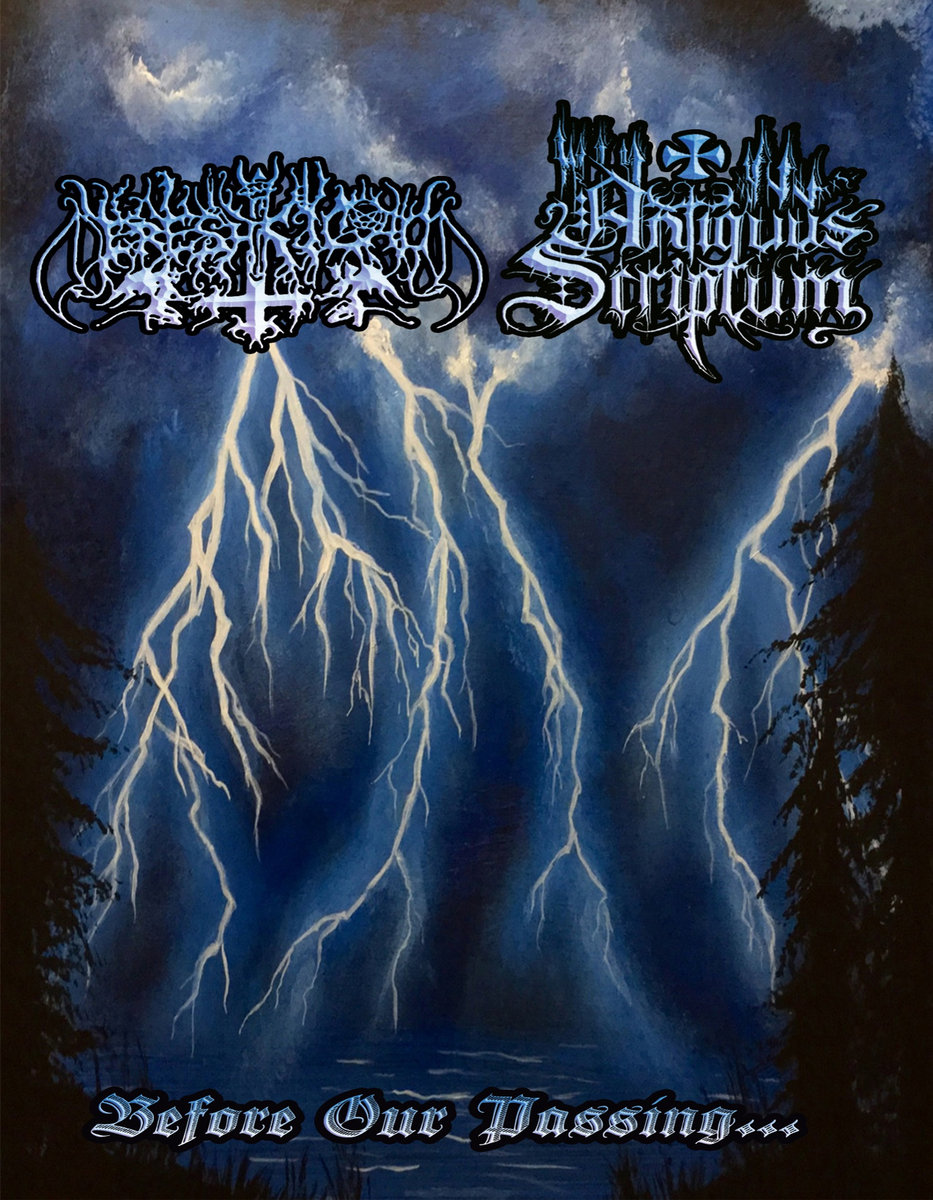

Perspectives on ancient Near Eastern cultural history, 2013, p. Müller (eds.), Diversity and Standardization. Archi, The Anatolian Fate-goddesses and their different traditions E.

Ī god list from Ugarit seemingly equates Allani (under the Akkadian name Allatum) with Arsay, one of the daughters of the Ugaritic weather god Baal however, due to the scarcity of references to the latter the rationale behind it remains unclear and assigning a chthonic character to Arsay is purely speculative. In Mesopotamia, where she was introduced in the late Sumerian ( Ur III) period, Allani was equated with Ereshkigal, and eventually became little more than an epithet of her. Under her Mesopotamian name Allatu Allani was separately conflated with another Hittite death deity, Lelwani, originally a male god from the Hattian pantheon, who started to be viewed as a goddess due to this equation. In Kizzuwatna, Allani was fully conflated with her, and as such presided over purification rites and was believed to keep evil and impurity sealed in her kingdom. Hittites conflated Allani with their own underworld goddess, the Sun goddess of the Earth, originally a chthonic aspect of the Hittite sun goddess. Ī single Hittite text mentions a "daughter of Allatum." Syncretism Bachvarova assumes that the meeting with Allani is related to the fact that the humans Teshub is concerned with in other sections of the myth are meant to take for dead kings. Multiple explanations were proposed by experts: that Allani presided over reconciliation between Teshub and his enemies (Walter Burkert, Erich Neu) that it was an episode comparable to the Mesopotamian myth of Inanna's descent to the netherworld (Volkert Haas) that the narrative was meant to parallel rituals during which deceased ancestors welcomed a dead king in the underworld (Gernot Wilhelm) or that Teshub's descent was meant to ease his anger with the treatment of his human followers by the elders of Ebla (Gernot Wilhelm). The rest of the narrative is missing and both its conclusion and purpose are uncertain. In one episode from a longer mythical composition titled Song of Release (KBo 32.13) the weather god Teshub descends to the underworld and partakes in a banquet held by Allani alongside his enemies, the "former gods" whose defeat is described in the cycle of Kumarbi.

Myths Īccording to Hurro-Hittite texts, Allani resided in a palace at the gate of the "Dark Earth," the land of the dead. In Emar, both the spellings Allani and Allatu were used. King Ḫattušili I mentions her (under the name Allatum) as one of the deities whose statues he brought to Hatti as war booty, alongside the storm god of Aleppo, Lelluri, and the mountain gods Adalur and Amaruk. Records show that queen Shulgi-simti, one of the wives of Shulgi, made offerings to many foreign or minor deities, among them "Allatum" (Allani), Ishara, Belet Nagar, Nanaya, Belet-shuhnir and Belet-terraban. She was also worshiped in Mesopotamia in the Ur III period. Īllani was among the deities whose names were used in Hurrian theophoric names. Instructions for this celebration state the statue of Ishara is to be covered with a red draped garment, while that of Allani with blue. ĭuring the hišuwa festival from Kizzuwatna, meant to guarantee good fortune for the royal couple, she was worshiped alongside "Teshub Manuzi," Lelluri, Ishara, two Nupatik gods ( pibithi - "of Pibid(a)" and zalmathi - "of Zalman(a)/Zalmat") and Maliya. Other examples include Shaushka's attendants Ninatta and Kulitta, the fate goddesses Hutena and Hutellura, Hebat and her son Sarruma, and Pinikir and Goddess of the Night. She was often invoked alongside Ishara (originally an Ishtar-like goddess from Ebla), who also had a connection to the underworld in Hurro-Hittite culture veneration of them as a pair was an example of a broader phenomenon in Hurrian religion - the worship of pairs of deities with similar purposes as de facto unity. Worship Īccording to Gernot Wilhelm, Allani is known only from the western Hurrian sources. She was sometimes called "the bolt of the earth." Another common epithet was šiduri, "young woman." The latter was also applied to Ishara. Her name is a Hurrian word meaning "lady."


 0 kommentar(er)
0 kommentar(er)
